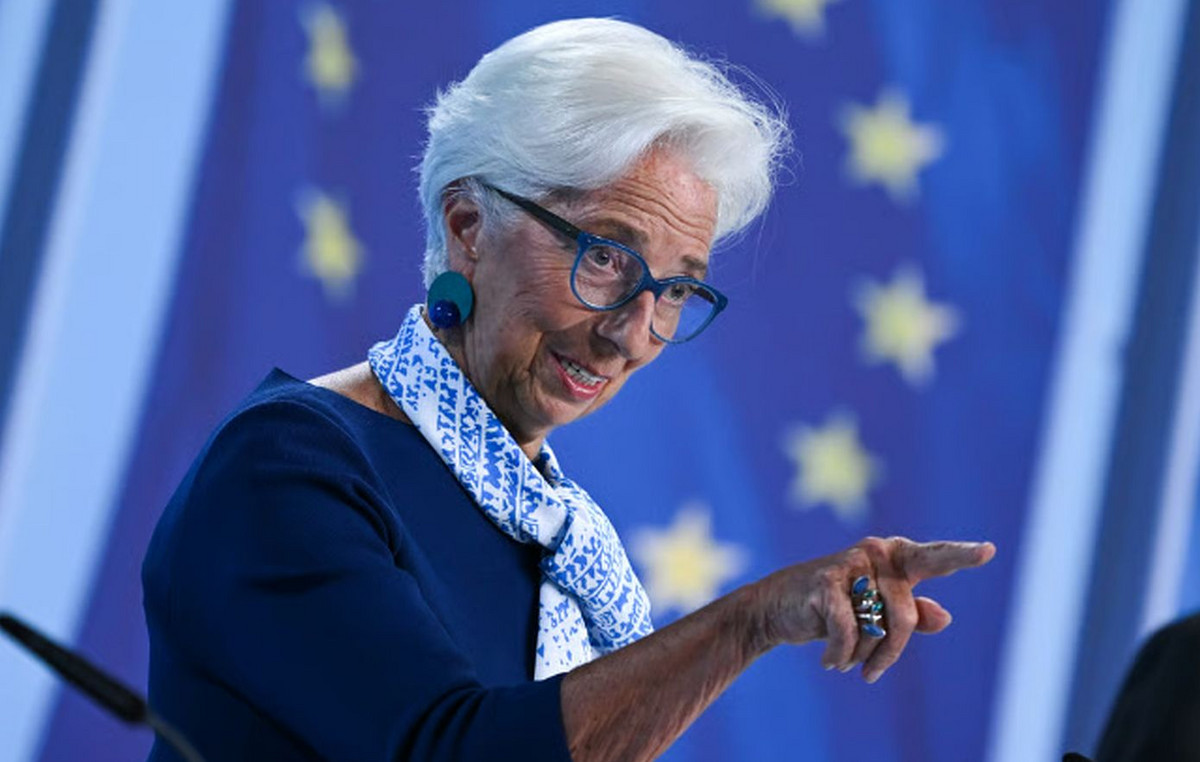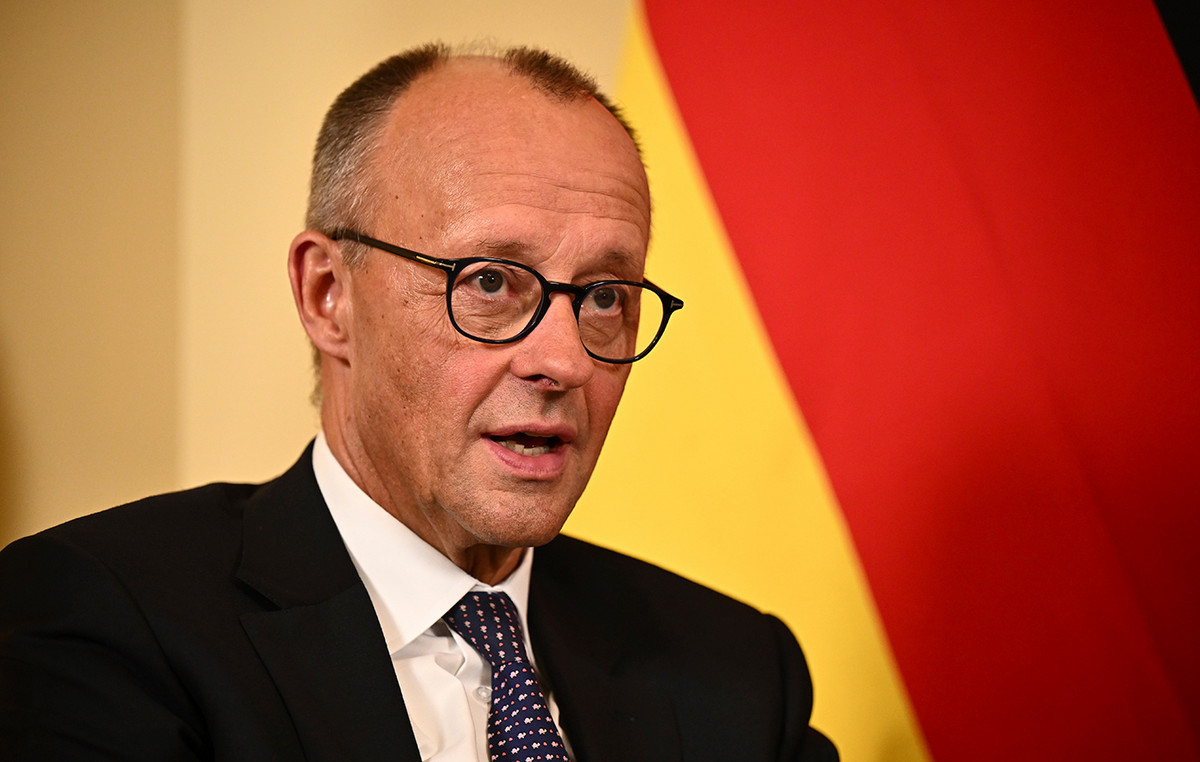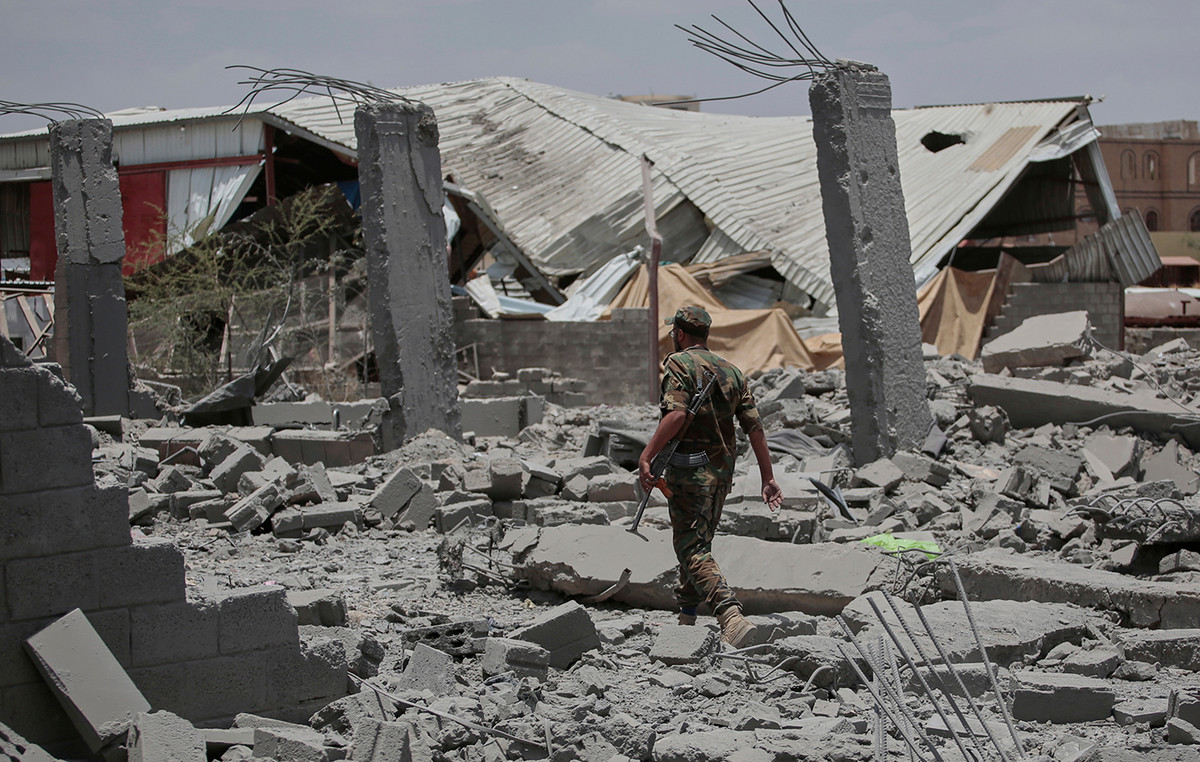Now many people know about the International Space Station (even people who are not interested in space topics), because the headlines about this orbital station constantly pop up in the news publications. But not everyone remembers the Mir, at first a Soviet and then a Russian manned research space station, forever inscribed in the history of space exploration. It became the first multi-module station in history – unlike Salyuts and other previously created developments, Mir was assembled from research and production laboratories in the form of modules docked to the base unit.
💡 In total, 5 modules were docked to Mir. Thanks to them, Mir can be called the first real prototype of a city in orbit (allowing not only to set up scientific experiments, but also to carry out pilot production).
They began to think about the project of the station back in 1976, and three years later they began work on the main elements of the station. Despite the promise of the idea, at the beginning of 1984 the government redirected all resources to the project of creating the Buran rocket-plane ship – work on the Mir was actually frozen. Only thanks to the intervention of the Secretary of the Central Committee of the CPSU Grigory Romanov, the engineers continued to work on the space station and eventually launched it in February 1986.
💡 280 organizations worked on Mir under the auspices of 20 ministries and departments.
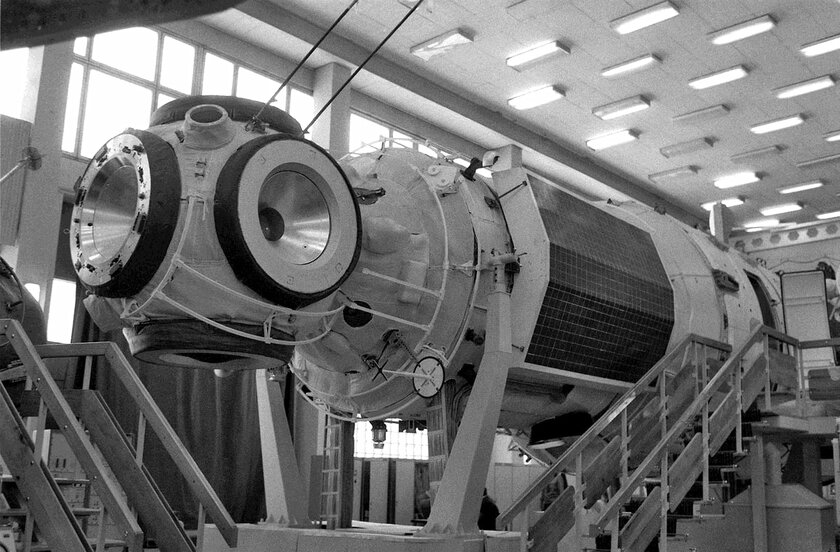
Despite not the brightest beginning, the Mir orbital station can be called successful. Instead of the originally set period of 5 years, it worked three times longer – it was flooded in March 2001 due to the high cost of operation and obsolescence of equipment. However, it is likely that it could have existed longer if it were not for the emergency situations that happened to it.
💡 Mir spent 5,511 days in Earth orbit, being inhabited for 4,594 days. During this time, he made 86,331 revolutions around the planet.
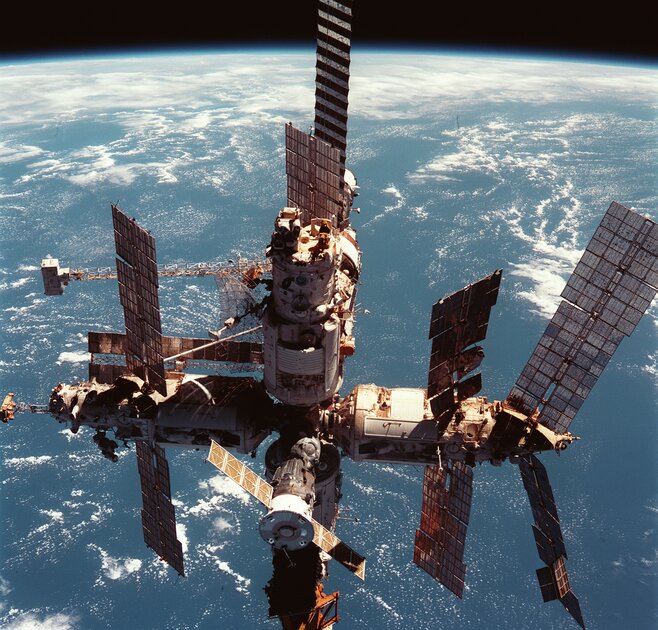
First Incident: Inconspicuous Module Collision
January 1994 – 8 years after launch
The first significant emergency situation with Mir occurred after the originally planned life of the orbital station had expired. When the Soyuz TM-17 spacecraft was undocked, Kristall (one of the five Mir modules) received a couple of impacts with an interval of 2 seconds – they turned out to be relatively weak (the cosmonauts at the station did not even notice them) and did not entail serious damage.
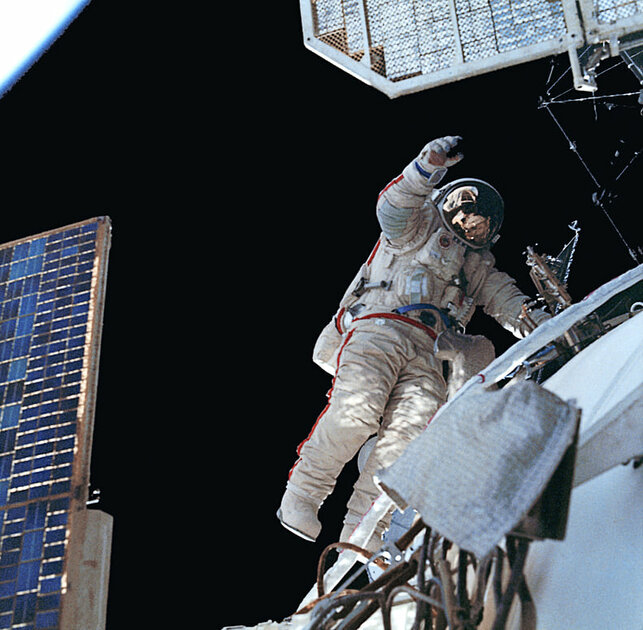
Things could be much worse, especially in the case of such an important module. “Crystal” was intended for pilot production of semiconductor materials, purification of biologically active substances in order to obtain new drugs, growing crystals of various proteins and cell hybridization (and this is not taking into account the conduct of astrophysical, geophysical and technological experiments).
💡 For all the time, more than 23,000 experiments were conducted on Mir, and they also set two records for the duration of a person’s stay in space: 437 days 17 hours 59 minutes (Valery Polyakov) and 188 days 4 hours 1 minute (record among women, American Shannon Lucid ).
The second incident: the fire that could have ended everything
February 1997 – 11 years after launch
On Mir, oxygen was produced by Electron, a special installation that carried out electrolysis from water (oxygen was sent to the atmosphere of the station, and hydrogen went overboard). Its capacity was only enough for a standard crew of three, but at that time there were six people on board the station – for each additional person, one oxygen bomb (oxygen generator) per day was used.
On February 23, one of the oxygen bombs caught fire and a fire started – in space, this is, without underestimation, a catastrophe, which is almost impossible to stop. The problem is that in conditions of almost complete absence of gravity, fire behaves non-standard: it does not spread over surfaces, as in the world we know, but remains in place – because of this, the temperature rises greatly and blinding smoke is created.
- To the point: Still want to become an astronaut? 12 Spooky Surprises Awaiting At The Space Station
The astronauts who were on Mir put on gas masks, but this did not really reduce the number of problems – everything was aggravated by a huge amount of smoke, because the astronauts could not distinguish each other even at a distance of 50 cm. During this incident, two ships were docked to the station, on which those the cosmonauts themselves from the 22nd and 23rd expeditions – they could have been evacuated, but one of the Soyuz TM turned out to be cut off by fire and heavily smoky.
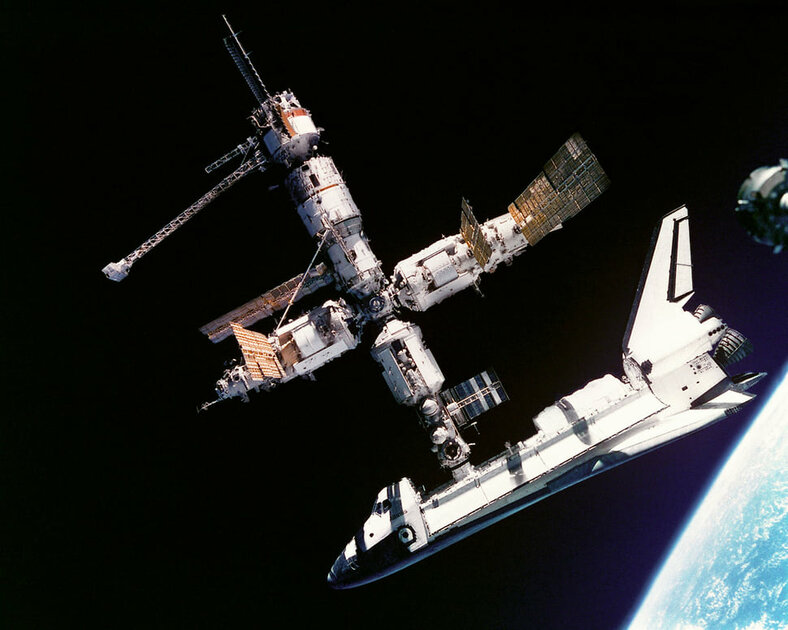
Third incident: toxic leak from the air conditioning system
March 1997 – 11 years after launch, within a month of the previous incident
Either a consequence of the fire described above, or just a coincidence, but already in March, the cosmonauts from the 23rd expedition faced a new problem – the Electron oxygen generation installations failed one by one on Mir, and then a refrigerant leak began, which was used as poisonous ethylene glycol. As a result of all this, the temperature of the station rose to 50 degrees Celsius (with the maximum allowable 28 degrees), the humidity also increased.
The crew was able to detect the source of the leak only by the end of March, and already on April 6, the Progress-M34 transport ship was launched with additional materials for repairing the station, oxygen bombs and water supplies. As a result, by the end of April, the cosmonauts discovered and repaired a dozen cracks in the tubes of the station’s air-conditioning system, only after that Mir returned to normal operation.
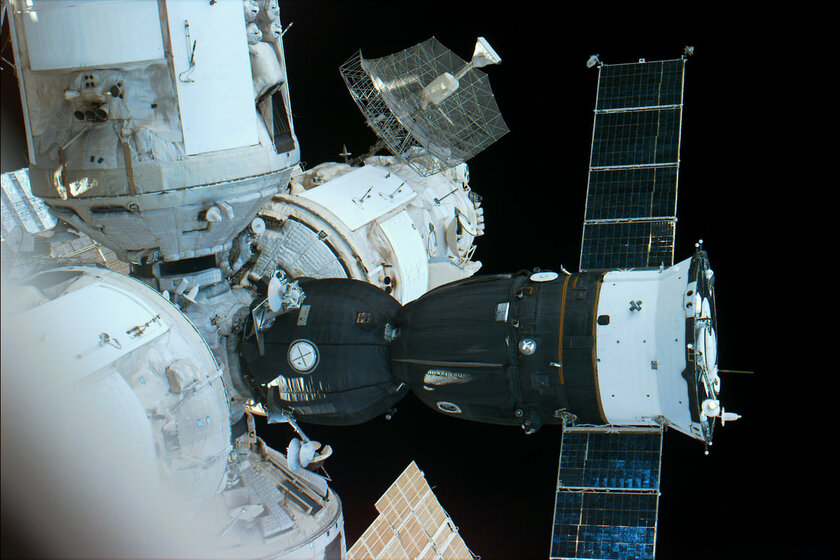
The fourth and fatal incident: the collision of Progress-M34 with the Spektr module
June 1997 – 11 years after launch, 3 months after the previous incident
Each new incident seemed to be more dangerous than the previous ones – the cosmonauts did not manage to resolve the last fourth emergency situation. It occurred during the re-docking of the Progress M-34 transport ship (now in manual teleoperator control mode, and not automatically, as before) – it collided with the docked Spektr module. The reason for the fatal collision of the Progress M-34 was an error when testing a new manual control system.
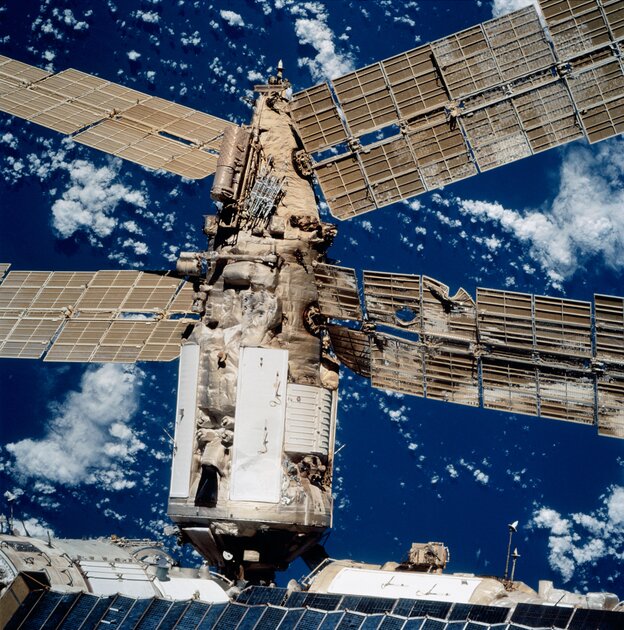
It is not possible to find official information on the Internet why the management decided to resort to manual docking. One of the BBC documentaries, which featured astronaut Michael Foul (who was aboard the Mir at the time of the accident), said (starting at 01:18:00) that the Russian space agency did not want to pay Ukraine about 2 million dollars for the use of a special module produced in this country, which allows automatic docking. However, due to the lack of official information in the public domain, this should be treated as gossip – it is possible that the experiment was carried out according to plan and for other reasons.
The Spektr module was used to study the natural resources of the Earth, the upper layers of the atmosphere of our planet and the orbital complex itself, cosmic radiation and other things. However, one of its main functions was to generate 40% of the electricity for Mir thanks to four solar panels (it was the main source of energy).
Due to the impact during the docking of the Progress M-34, the Spektra solar panels were damaged and, at the same time, a 2 cm2 hole was formed in the module case, which caused a decrease in air pressure throughout the station. The cosmonauts at the station decided to hermetically isolate the damaged module in order to restore the life support of the entire Mir – this was complicated by the fact that a lot of cables and hoses passed through the docking hatch between the module and the station.
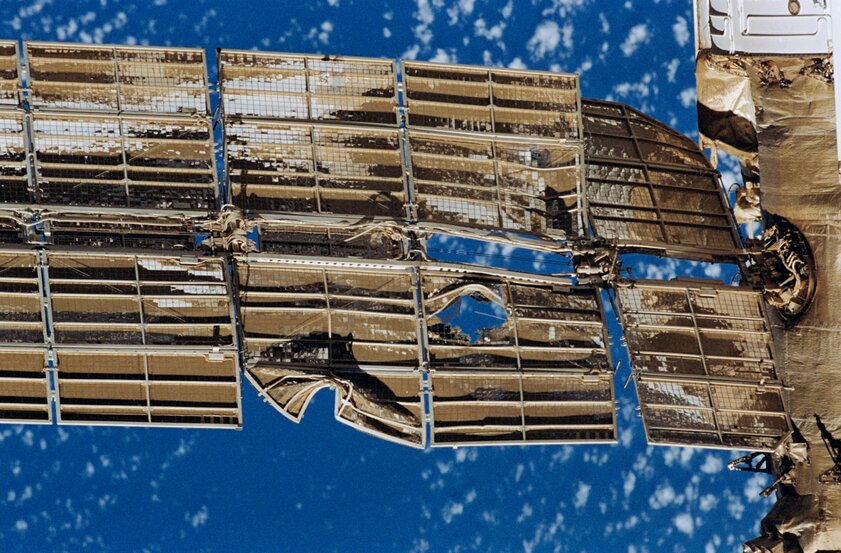
In addition to damage to Spectra’s solar panels, cable connections were severed by the astronauts, making it impossible for the batteries to turn toward the Sun. Because of all this, in the first time after the accident, there was so little energy on Mir that it was not enough to supply most of the equipment, not to mention the planned experiments.
Repair attempts were made several times (starting in August 1997), but all were unsuccessful. The main problem was a hole in the hole in the module skin, leading to air leakage. As a result, the Spektr module worked for only two years, after which it remained unused until the end of the station’s operation.
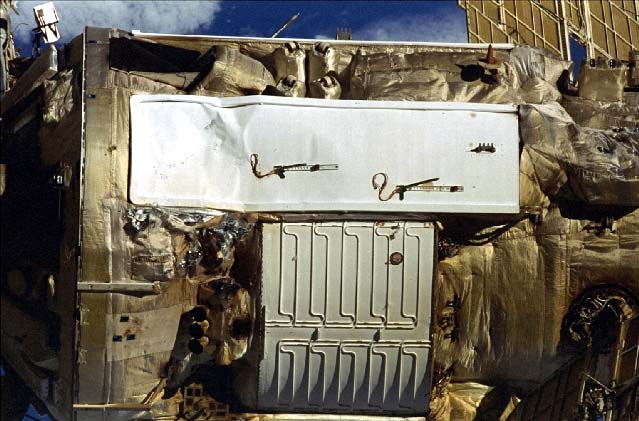
Loss of Mir: it no longer made sense to invest money
March 2001 – 15 years after launch, 3.5 years after the last incident
In 1998, the first module of the International Space Station (ISS) was launched, in the same year the Russian government signed a decree to stop funding Mir from the country’s budget. Three years later, in January 2001, the authorities decided to flood the station – among the official reasons they noted the depletion of the station’s resource (it served three times longer than planned), multiple unforeseen incidents and the high cost of maintenance (approximately $ 200 million per year).
This decision also had its opponents. For example, according to some statements, the closure of the Mir project should have led to the loss of more than 100,000 jobs occupied by highly qualified scientific and engineering staff. This, in turn, could become the reason for the growth of social tension and the reason for the liquidation of modern (at that time) highly scientific industries.
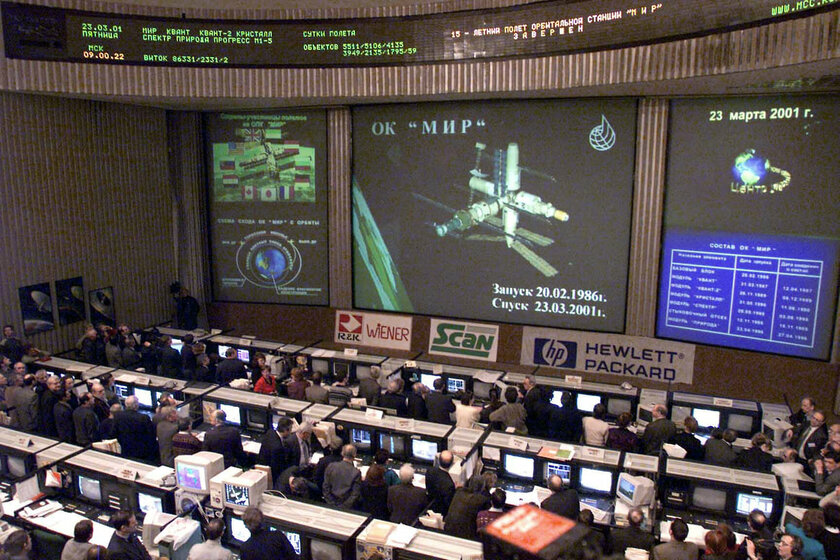
Separately, it is worth noting Iran’s desire to acquire Mir – the country’s president offered to finance it for two to three years, while Russia would train Iranian cosmonauts. However, this state was interested not so much in research opportunities as in the military – the equipment on Mir could record cruise missile launches and the movement of various aircraft. The Russian government refused such a proposal.
💡 In total, 104 people (28 expeditions) from 12 countries visited Mir. Of these, 29 cosmonauts and 6 astronauts went into outer space.
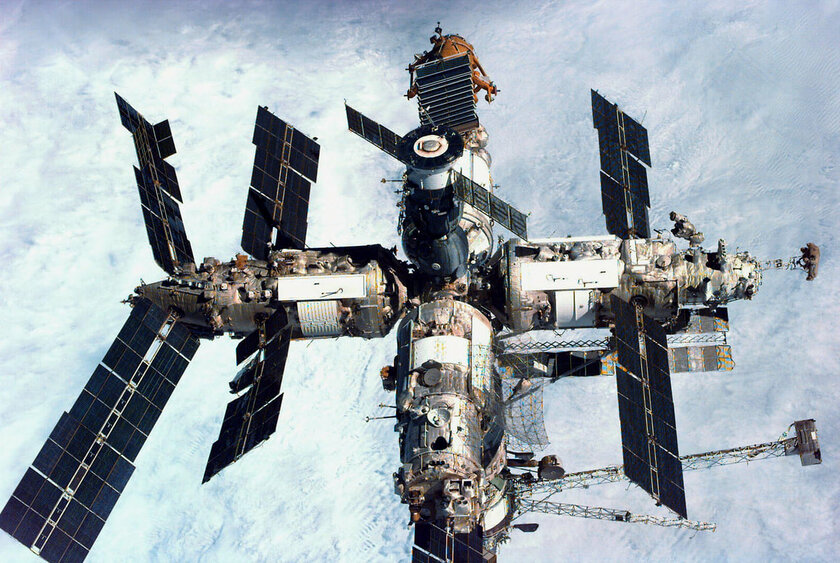
Despite all the protests, the decision to destroy the Mir orbital station (together with the scientific equipment on it) was executed on March 23, 2001 – the complex was deorbited, most of it burned up in the atmosphere, and the pieces that flew fell into the Pacific Ocean near Fiji Islands at the so-called Spaceship Cemetery.
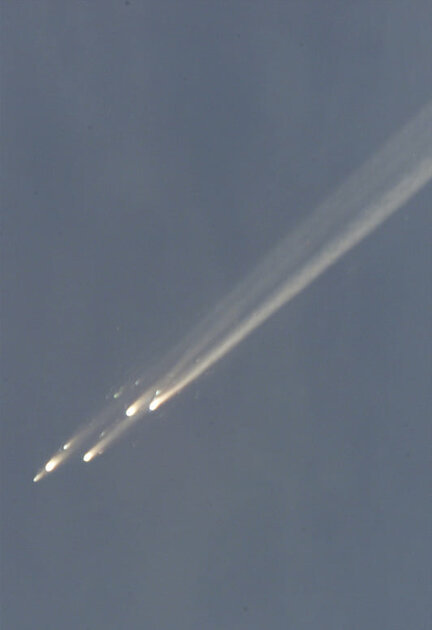
Now it is difficult to single out the main reason why the space station was flooded precisely in 2001 (again, it worked three times longer than the established period), but we can safely assume that, if it were not for the above incidents (especially the last one, the collision of Progress-M34 with module “Spectrum”), “Mir” would have existed an order of magnitude longer.
💡 There is a full-size model of the Mir station, where the cosmonauts trained – it is located in Star City. There is also another mock-up located in the Europa-Park amusement park (Germany) – scientific modules and a landing module are docked to the mock-up, all of them are available to tourists. And in the State Polytechnical Museum (Moscow) there is a model of the Mir orbital station.
Source: Trash Box
Donald-43Westbrook, a distinguished contributor at worldstockmarket, is celebrated for his exceptional prowess in article writing. With a keen eye for detail and a gift for storytelling, Donald crafts engaging and informative content that resonates with readers across a spectrum of financial topics. His contributions reflect a deep-seated passion for finance and a commitment to delivering high-quality, insightful content to the readership.


